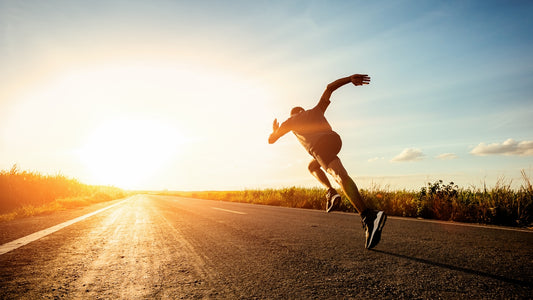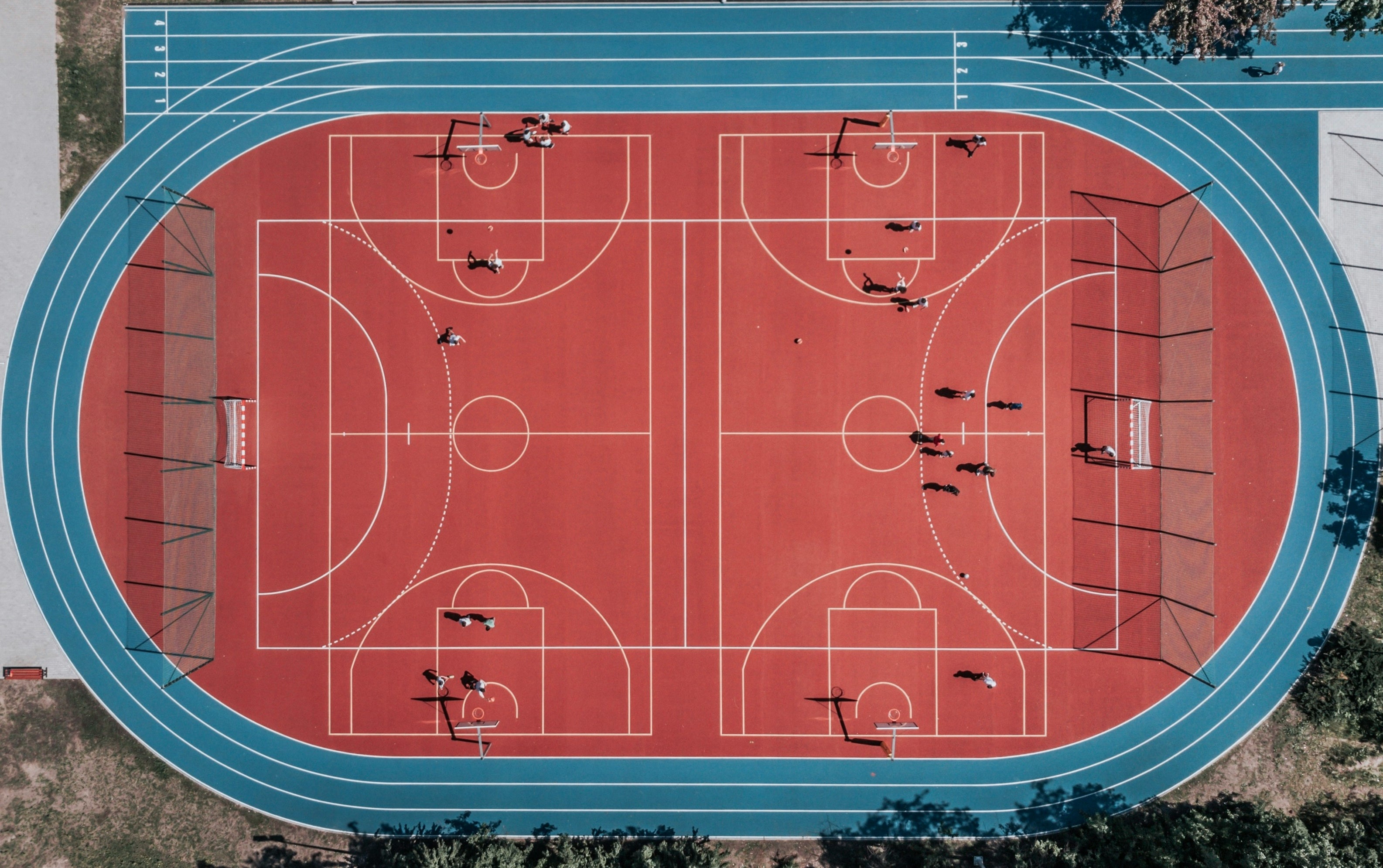Introduction
Running is more than just a physical activity; it’s a testament to human endurance, spirit, and evolution. From ancient hunters chasing prey to modern marathoners chasing personal bests, running has been a pivotal part of human history. In this comprehensive article, we’ll explore the fascinating journey of running from its prehistoric roots to its current status as a global phenomenon. Welcome to the story of running, then and now.
The Origins of Running: Ancient Beginnings
Running for Survival
In the dawn of humanity, running wasn’t a sport or a hobby—it was a means of survival. Early humans relied on their ability to run to hunt and gather food. This concept, known as persistence hunting, involved chasing prey over long distances until the animal was exhausted. Our ancestors’ ability to run long distances played a crucial role in their survival, shaping our physiology and endurance capabilities.
The Birth of Competitive Running
As civilizations emerged, so did organized forms of running. The ancient Greeks were among the first to formalize running as a competitive sport. The Olympic Games, dating back to 776 BC, featured various running events, including the stadion, a short sprint, and the dolichos, a long-distance race. These events were not only a display of physical prowess but also a celebration of human potential.
Running Through the Ages: Evolution of the Sport
The Roman Influence
The Romans, inheriting the Greek tradition, continued to celebrate running. However, their approach was more pragmatic. Roman soldiers were trained to run long distances with heavy gear, ensuring they could cover vast terrains quickly during military campaigns. This period reinforced running’s importance in both athletic and practical domains.
Medieval and Renaissance Periods
During the medieval era, running took a backseat to other forms of physical activity, such as jousting and archery. However, foot races were still popular at local fairs and festivals. The Renaissance period saw a revival of interest in classical antiquity, including the athletic pursuits of the Greeks and Romans, leading to renewed interest in running as a sport.
The Modern Era: Birth of Organized Running
The Marathon’s Legendary Origins
One of the most iconic running events, the marathon, has its roots in ancient history. The modern marathon was inspired by the legendary run of Pheidippides, an ancient Greek messenger who ran from the battlefield of Marathon to Athens to announce the Greek victory over Persia. The first organized marathon was held during the 1896 Athens Olympics, setting the stage for one of the most celebrated running events worldwide.
The Rise of Track and Field
The late 19th and early 20th centuries saw the formalization of track and field as a sport. Running events became standardized, with specific distances and rules. The establishment of the International Association of Athletics Federations (IAAF) in 1912 further solidified the global framework for competitive running.
Running in the 20th Century
The 20th Century was a transformative period for running. The mid-1900s saw the rise of famous athletes like Jesse Owens and Emil Zátopek, who broke records and inspired generations. The running boom of the 1970s, sparked by figures like Frank Shorter and Steve Prefontaine, brought running into mainstream culture. This era also saw the emergence of recreational running, with more people taking up the sport for health and enjoyment.
Running Today: A Global Phenomenon
Marathons and Ultra-Marathons
Today, marathons are held in cities worldwide, attracting millions of participants and spectators. Events like the Boston Marathon, New York City Marathon, and London Marathon are cultural landmarks. The rise of ultra-marathons, races exceeding the traditional 26.2 miles/42.2km, has pushed the boundaries of human endurance, attracting athletes looking for extreme challenges.
The Role of Technology
Modern technology has revolutionized running. From advanced footwear and clothing to GPS watches and running apps, technology enhances performance and training. Wearable devices track metrics like pace, heart rate, and distance, providing runners with detailed insights to optimize their training regimens.
Inclusivity and Diversity in Running
The running community today is more inclusive and diverse than ever. Initiatives to encourage participation among women, minorities, and differently-abled individuals have broadened the sport’s appeal. Events like women-only races and adaptive running programs promote inclusivity, ensuring everyone can experience the joy of running.
Health and Wellness
Running is widely recognized for its health benefits. It improves cardiovascular health, strengthens muscles, and boosts mental well-being. The global emphasis on fitness and wellness has led to an increase in running clubs, events, and training programs. Communities and virtual groups offer support and motivation, making running accessible to people of all ages and fitness levels.
Environmental Awareness
In recent years, there has been a growing awareness of environmental sustainability within the running community. Many events now focus on reducing their ecological footprint by using eco-friendly materials, minimizing waste, and promoting sustainable practices. Runners themselves are increasingly conscious of their impact, participating in plogging (picking up litter while jogging) and supporting environmental causes.
The Future of Running
Innovation in Gear and Training
The future of running promises further innovation in gear and training methods. Advances in materials science are leading to the development of lighter, more responsive running shoes. Training programs are becoming more personalized, leveraging data analytics to create customized plans that optimize performance and reduce injury risk.
Virtual and Augmented Reality
Virtual and augmented reality technologies are poised to transform the running experience. Virtual races allow participants to compete remotely, breaking geographical barriers and fostering global communities. Augmented reality could enhance training by providing real-time feedback and immersive experiences, making runs more engaging and interactive.
Global Running Community
The global running community will continue to grow and evolve, driven by a shared passion for the sport. Social media and online platforms will play a crucial role in connecting runners, sharing experiences, and promoting events. As the community expands, so will the opportunities for runners to support and inspire each other, regardless of their location.
Focus on Mental Health
The mental health benefits of running are gaining recognition, and future initiatives will likely focus on promoting these aspects. Running programs that emphasize mental well-being, stress relief, and mindfulness will become more prevalent, helping individuals harness the psychological benefits of the sport.
Conclusion
From its ancient roots as a survival skill to its current status as a global phenomenon, running has come a long way. It has evolved through the ages, adapting to cultural shifts and technological advancements. Today, running is more than just a sport—it’s a celebration of human potential, a testament to our endurance, and a source of joy and community. At Timeless Running Club, we honour this rich history and look forward to being part of the future of running, helping runners of all levels achieve their goals and experience the exhilaration of a perfect run. Whether you’re a seasoned marathoner or just starting, join us in celebrating the timeless legacy of running.





